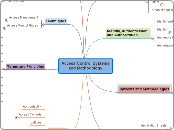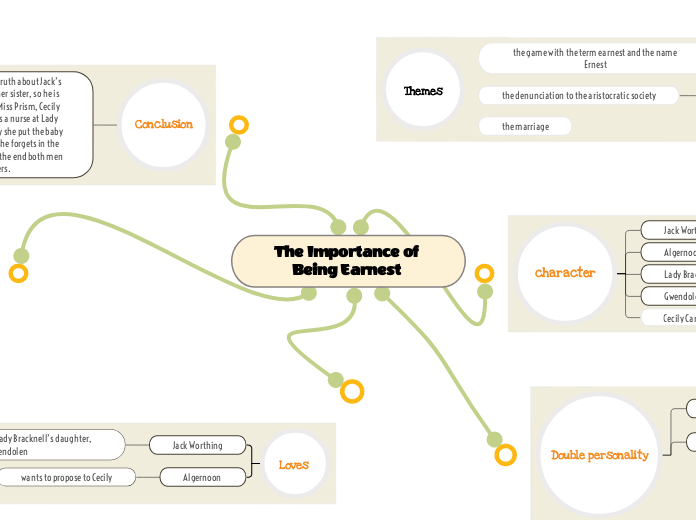a Adrian Mantione 5 éve
150
Rising Tensions in NA
The British expulsion of the Acadians, following the Treaty of Utrecht, created lasting tensions and hardships for the displaced community. The treaty had initially allowed the Acadians to practice their religion and remain on their farms, provided they pledged loyalty to King George II without fighting against France.









